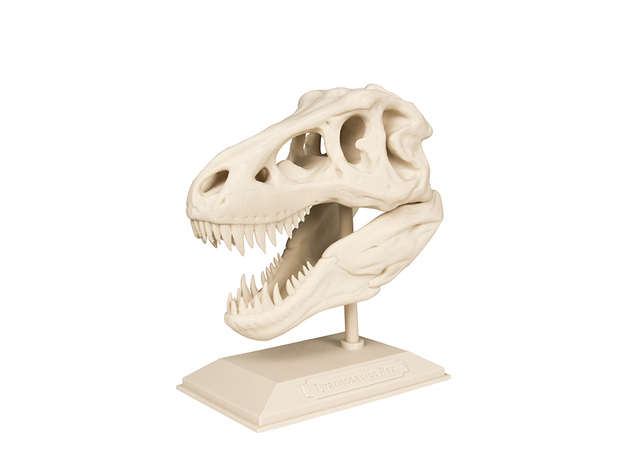Today Thingiverse, the 3D model repository of New York desktop 3D printer manufacturer MakerBot, is celebrating its 10th anniversary. Over the past decade, the Thingiverse community has grown to over 2 million registered users, racking up a total of above 340 million object downloads.
Nadav Goshen, President and CEO of MakerBot, says,”We’ve been at the forefront of 3D printing for a decade, but the industry of 3D modeling and printing is still in its infancy,”
“A deep connection to customer needs drives our view of the market, and Thingiverse serves as a central conduit in that regard.”

Thingiverse Education
In efforts to boost the “infancy” of the industry as Goshen puts it, Thingiverse has become decidedly more education-orientated in recent years, inline of course with MakerBot Education and the Starter Lab.
The Thingiverse Education segment of the site is now populated with hundreds of lesson plans and project ideas to encourage more students to understand and adopt 3D printing in class. Projects are tailored for grades K-5, 6-8, 9-12 and university, covering all subjects from art and languages, through to engineering and technology.
“The feedback from our customers is a core part of our mission to deliver more than just a great 3D printer,” adds Goshen, “We’ve maintained a consistent approach, and we will continue helping educators to advance learning and make 3D printing a part of every student’s toolbox.”
Reinforcing its efforts in schools, MakerBot recently launched the MakerBot Certification™ Program with a seal of alignment from the International Society for Technology in Education.

‘We believe in desktop 3D printing’
According to the official release from MakerBot, Thingiverse has averaged a 149% year on year organic growth of registered users since its launch in 2008. The company also notes that site content “has changed from experimental usage to become an educational tool on one hand and a tool for agile rapid prototyping for commercial customers on the other.”
In addition to its growing STEM community, Goshen says, “On the other end of the spectrum, we will continue to democratize 3D printing for professionals by making it accessible and affordable without compromising quality or performance.”
Following his succession to the role of CEO of MakerBot in 2017 and Stratasys’ acquisition of the company, Goshen said, “As part of Stratasys, we believe in the long-term opportunities in desktop 3D printing.” 3D Printing Industry has contact MakerBot for comment about how Thingiverse fits into its plans for the next ten years of the company.
For trends in desktop 3D printing and the industrial additive manufacturing industry subscribe to the 3D Printing Industry newsletter, follow us on Twitter and like us on Facebook. Create a free profile on 3D Printing Jobs, or advertise to find expertise in your area.
Featured image shows 3D printed model party in the MakerBot Replicator Mini. Photo via MakerBot



